The road from Kunming in Yunnan Province of China to Lhasa in Tibet is one of the most arduous roads in the world, traversing more than 2,200 kilometers of mountainous landscapes on the journey to the roof of the world. The route follows first the G214 National Highway north, which runs from Kunming to Xining in Qinghai Province, before turning off onto the G318 National Highway to head west to Lhasa. The drive takes more than 40 hours to complete non-stop, although this is definitely not recommended, and breaks should be taken at regular intervals when traveling on roads such as this.
The route is one of significance for travelers to Tibet from southwest China, and the Dian-Zang Road, as it is known, was first opened to traffic in 1974. Locally, Dian is the abbreviated name for Yunnan, and Zang is the name used for Tibet. The road runs through the China-Burma Basin, and crosses the Hengduan Mountain Range on its way north and west to Lhasa. At its highest point, which is the mountain pass of Hongla Snow Mountain, it reaches an altitude of 4,300 meters above sea level, and takes you through some of the most spectacular landscapes in China and Tibet. From thick primeval forests to deep valleys and lofty peaks, the route from Yunnan is one of awe and wonder as you travel through different climates and elevations on this spectacular journey to Tibet.
Why We Choose Yunnan Tibet Highway?
The Yunnan Tibet Highway is known as the Paradise of Road Trips, and many drivers choosing this route do so not only because it is the most direct road to Tibet from Yunnan Province, but due to the stunning scenery and awesome sights they will encounter along the way. While there are other routes that take you north to Chengdu or Garze before turning west to Lhasa, the route through Dali and Lijiang is one of stupendous natural beauty that can leave you breathless. And what better route to take than one that takes you through the legendary Shangri-La.
Passing through numerous old and ancient towns and villages, you get to experience the distinct cultures of the Dongba and Naxi people, and explore some of the stunning monasteries that can be found frequently along the route. Traveling through wild, mountainous regions of Yunnan and Tibet, and the remote areas high in the Hengduan Mountains, the scenery is one of stunning lakes, grand canyons, snow-covered mountains, hot springs, and enormous forests. And high up in the mountain areas, isolated from the outside world, you can see and explore the culture of the Kham Tibetans, where ancient cultures and customs have been retained to this day.
If that is not a good enough reason, then there is always the trial of driving such an immense route through the mountains of China and Tibet to achieve your dream of traveling to the roof of the world. Taking an overland tour from Yunnan to Tibet is an adventure of monumental proportions, and a daring task that is not for the faint of heart. Rated among the most spectacular roads in the world, the Yunnan Tibet Highway is an eventful mountain drive, with hairpin switchbacks and sharp blind bends as you head up and down the spectacular mountains. While the road conditions are good, being an asphalt road all the way to Markam, it is one where care must be taken at every bend and switchback, and is a test of driving skill unlike any other.
Yunnan Tibet Highway Travel Route and Altitude Changes
At 1,892 meters above sea level, Kunming is already some of the way to the heights of the Tibetan Plateau, making it a high-altitude start to the journey. The first leg of the journey is from Kunming to the ancient town of Dali, which lies at 1,975 meters. The trip to Dali covers 330 kilometers, and then it is on another 190km to the Yunnan town of Lijiang, at 2,400 meters. Lijiang is more than 800 years old, and is the home of the Nakhi people.
Then it is on for 174km to the legendary city of Shangri-La, at 3,160 meters. Renamed in 2001 after the fictional land of the James Hilton novel, Shangri-La is a huge tourist destination. After the legendary city, it is 175km along the road to the town of Deqen (3,300m), in the Diqing Tibetan Autonomous Prefecture. Close to the border with Tibet, Deqen County is part of what was the ancient Kingdom of Tibet, and has a stunning landscape.
From Deqen you drive for another 11km to Yanjing (1,954m), near the boundary with Tibet Autonomous Region, and after a few more kilometers you cross into Tibet proper, as you head another 107 kilometers to Markam, at 3,780 meters. Markam marks the end of the G214 national Highway, and the beginning of the G318 National highway, or the Sichuan-Tibet Highway. The road from Yunnan joins Chinas longest highway at Markam, where you turn west to head through Zogang (3,700m), Ranwu (3,850m), and Nyingchi (3,100m), before reaching the beautiful Tibetan capital of Lhasa, at 3,648 meters.
Highlights of Kunming to Lhasa Overland
The route from Kunming to Lhasa is an interesting and scenic road that has many delightful sights along the way. In Dali you can visit the Three Pagodas Temple, take in Erhai Lake and the Butterfly Spring, or wander around the stunning Gantong temple. Lijiang has plenty of attractions too, from the Black Dragon Pool Park to the Dongba Culture Museum and the Tiger-Leaping Gorge which carries the famous Yangtze River on its way to the sea.
Deqen is the last place in China before you cross into Tibet, and is set on a mountain over which the Dian Zang Road travels. The area is filled with ancient glaciers, hot springs, and spectacular primeval forests, and is well worth taking a day to explore.
Once in Tibet, you pass through many local villages and towns where you can experience the unique Tibetan culture, and see how they live their daily lives. Tibetan culture in the lower part of Tibet is not as westernized as in Lhasa, and the people still live in the same way they did centuries ago.
One of the most spectacular sights along the G318 section of the Yunnan-Tibet Highway is the famous Yarlung Zangbo Grand Canyon, which is the largest canyon in the world, and which actually contains a whole county within its steep walls. Medog County in Nyingchi prefecture was once the only place in the world with no roads. Entry was only possible on foot or on horseback, until the first road was built into the county from the entrance of the canyon in 1970. However, it was a mere dirt road that was unusable except in summer, until the new highway was completed in 2013.
Best Time to Travel Overland to Tibet from Yunnan via Shangri La
The Tibetan plateau is well known for being at extremely high altitudes, but despite this the temperatures can be quite mild. The best time for driving from Yunnan to Lhasa is from May to November, when the weather is best, although care should be taken in the summer months due to the monsoon rains. One of the hazards of driving in the Chinese and Tibetan mountain regions in summer is the possibility of landslides and mudslides. While rain in the north of Yunnan is not that heavy, it is still enough to cause landslides in some of the more remote areas of the mountains.
Spring and autumn are the optimum times to travel, as the climate is dry and sunny in the months of May, June, September, October, and November. With clear skies and mild temperatures, it is perfect for driving as well as visiting the many villages and monasteries along the way. In winter, the drive is not advisable due to the cold and windy weather, and the potential for snow in the high mountains.
Travel Visas and Permits Need
In order to get from Yunnan to Lhasa, you need certain visas and permits to travel. First and foremost, you need to have a Chinese Entry Visa to get to Yunnan. Travel across China is possible just on the Chinese Visa, as there are few restrictions on travel. However, once you reach the boundary with Tibet, it is a very different matter. Foreign visitors are not permitted to travel alone in Tibet, and once you reach the boundary of Tibet, you will need to have a permit to enter the region.
Travelers to Tibet are required to book their entire trip through a registered Tibet tour operator, such as Tibet Vista, and have a private guide, driver, and vehicle at all times. The tour operator, who will provide all three, arranges all this and it is included in the price of the tour. You are also required to carry a Tibet Travel Permit, issued by the Tibet Tourism Bureau in Lhasa, in order to enter the region. This is obtained by your tour operator, and is provided as an inclusive part of the tour when you book Tibet tour with Tibet Vista.
Dining and Accommodation along National Highway G214
Many parts of the route along the highway are sparsely populated, although the road condition is very good. However, there are few hotels along the route, with the majority of accommodation available being guesthouses and lodges. The larger hotels and guesthouses have hot water, but in the smaller, simpler places hot water is not available. The dining along the Yunnan stretch of the road, as far as Markam, is simple, and normally consists of simple Sichuan-style cooking.
Once you reach Markam, however, there is a marked improvement in both accommodation and dining. With more people traveling the route along the Sichuan-Tibet Highway, there are more places to choose from for both sleeping and eating, although foreign tourists are restricted to certain hotels and guesthouses only. They will not be able to stay in the cheaper truck-stop lodges, as these are off-limits. However, there are plenty of places to eat along the G318, and most of the popular tourist spots have some food vendors nearby, with a selection of Sichuan, Tibetan, and some western dishes.
Yunnan Tibet Overland Tour Packing List
The summer can still get cold in Tibet and along the Yunnan-Tibet Highway, and the variation in temperature between day and night is large. Even in the summer months, the night time temperature can get to below freezing. Warm clothing is necessary as the cold is biting, and hats, gloves, and down jackets are required. Spring and autumn are colder than summer, so definitely bring warm clothes for a shoulder-season trip. Thinner layers are better than thick layers for keeping warm, and it is easier to cool down of warm up by adding or removing layers.
Despite having a heater in most cars, it can still be cold at rest stops and viewpoints along the highway, and the ground is often rough and rocky. Many rest stops along the way are not paved, and are just dirt parking areas that can get muddy at the slightest shower, so a good, strong pair of boots is needed for walking around outside.
If you take regular medication, consult your doctor before traveling and keep it with you in case it is needed. You should also talk to your doctor about altitude sickness medication in case of altitude sickness while you are traveling. Sun cream, lip balm and moisturizer are also handy as the sun can easily burn the skin at high altitudes, and the winds can be bitingly cold, even in spring and autumn.
.jpg)



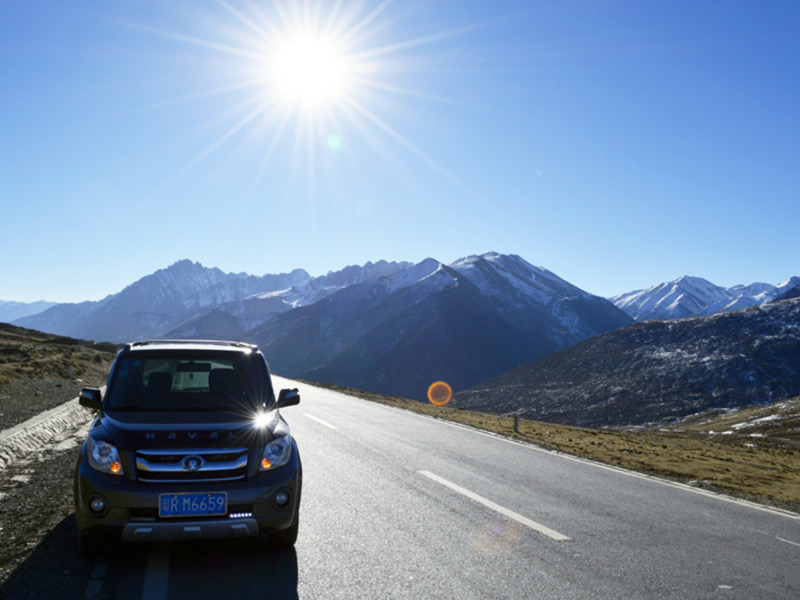
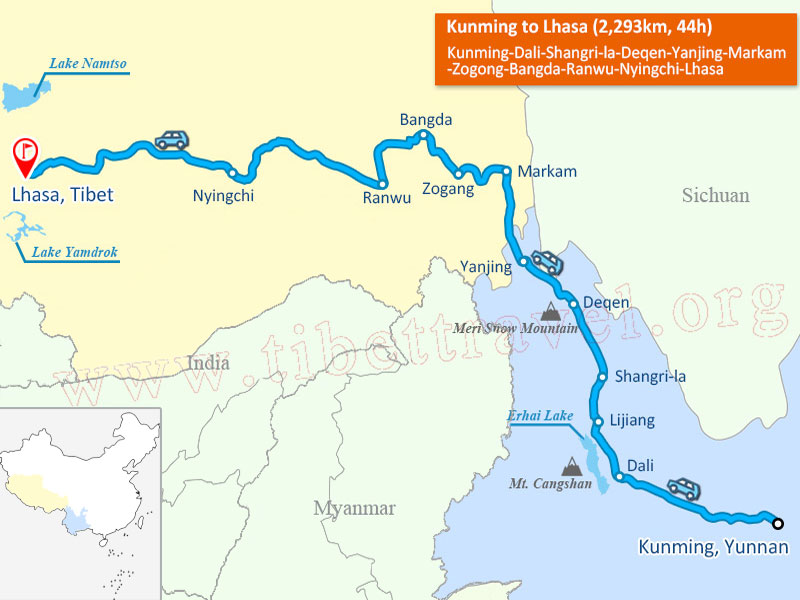
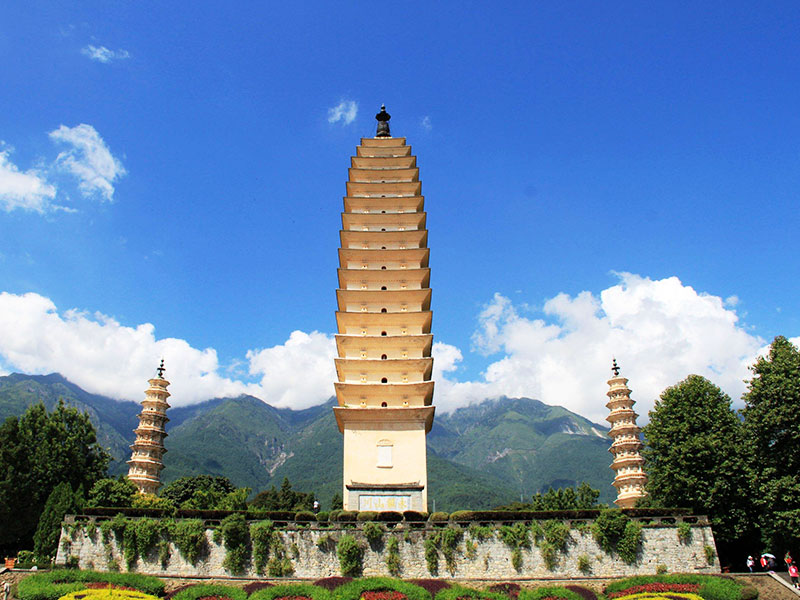
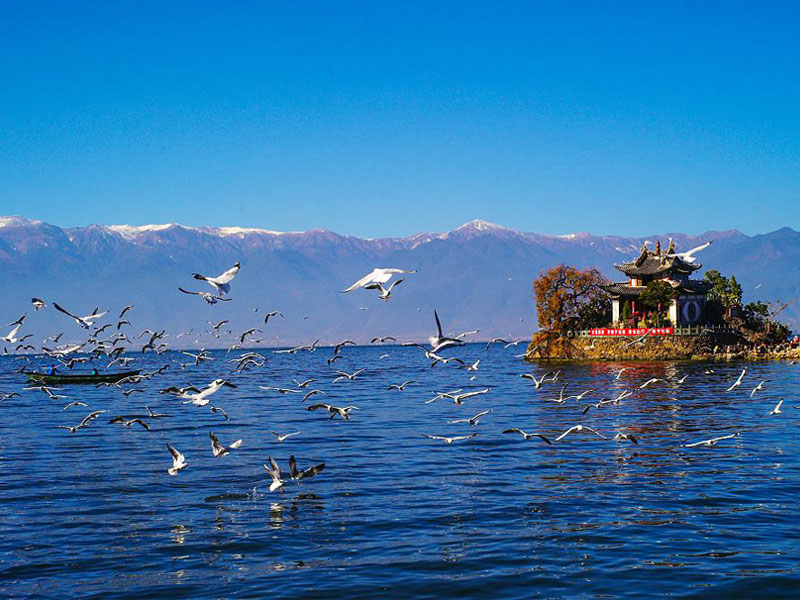
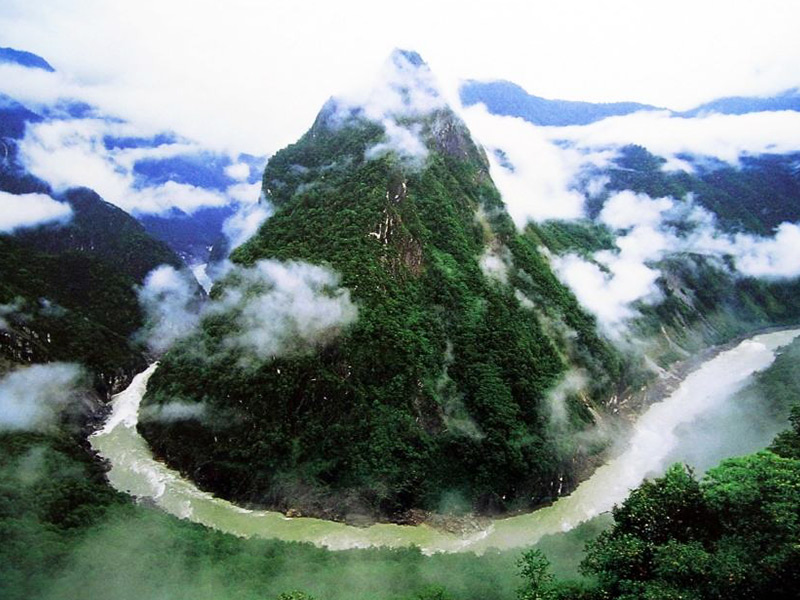

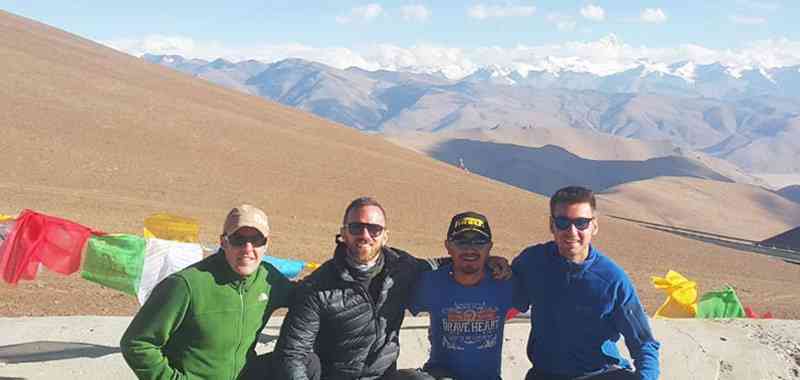

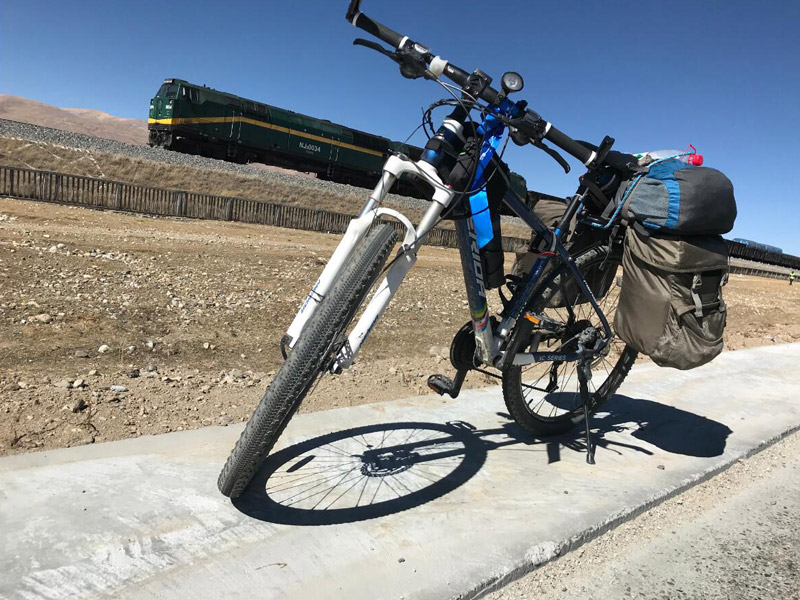
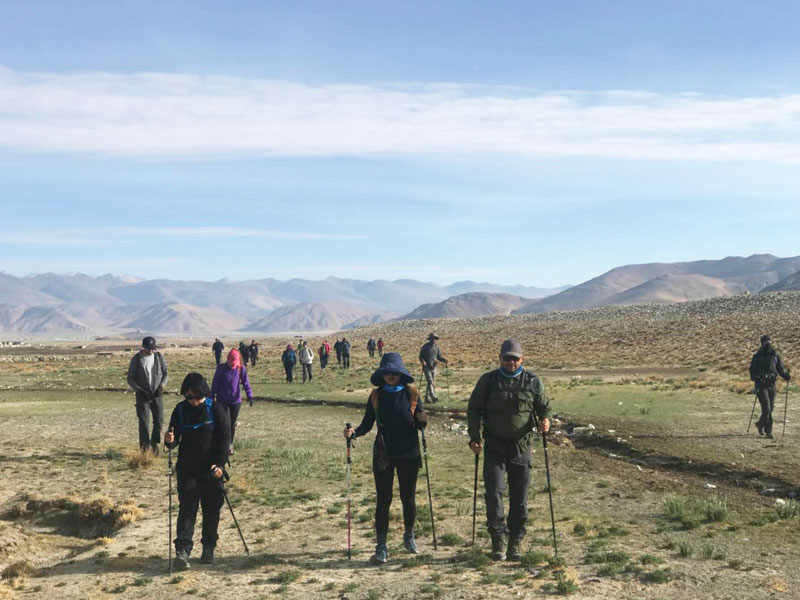





0 Comment ON "Ultimate Guide to Kunming Lhasa Overland Tour via Yunnan Tibet Highway G214"